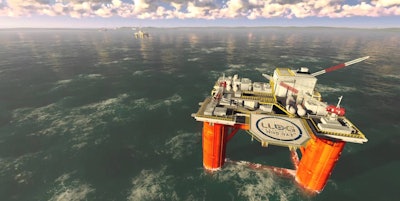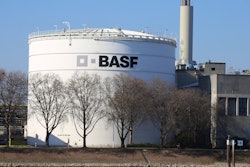
The largest oil spill in the Gulf of Mexico since the 2010 Deepwater Horizon disaster apparently occurred nearly three weeks ago — only to essentially vanish in the depths of the sea.
The New York Times recently detailed the leak of some 16,000 barrels of oil from an underwater pipeline operated by LLOG Exploration.
Although the spill paled in comparison to the 4 billion barrels released in the months after the 2010 explosion at BP's offshore oil rig, experts nonetheless classified it as "pretty substantial."
LLOG told the paper that the leak likely stemmed from a tiny fracture in the pipeline off the Louisiana coast on Oct. 11; the company halted the flow of oil through the pipe within two days but had not repaired the fracture as of Sunday.
But other than the company's monitoring systems and a few areas of sheen on the Gulf surface, the report indicated that little evidence of the leak survived.
Officials said that because the oil droplets that escaped the pipeline were so small, most were consumed by naturally occurring bacteria in the water. The rest was broken down on the surface by sunlight, wind and waves.
Investigators looked for evidence of the spill in the days following the leak, but no cleanup effort was needed.
The spill, they added, likely added a small amount to the millions of gallons of oil that seeps naturally through the ocean floor each year.






















